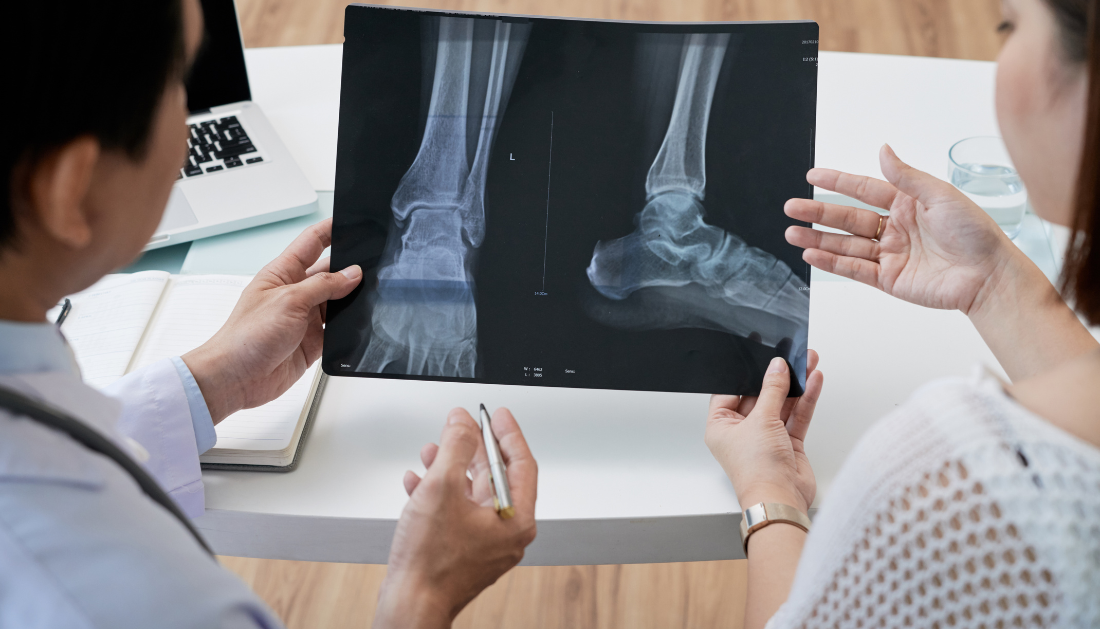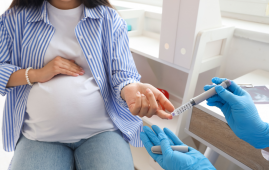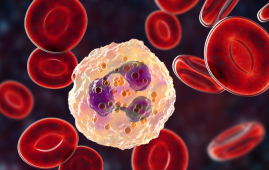

In recent years, the benefits of using PRPs have become more well known. The function is critical, and it extends far beyond simply enrolling patients in studies. PRPs are individuals with a relevant condition who actively participate in research teams. Crucially, this is on an equal footing with professional researchers, with patient research partners contributing their experience and knowledge. This method has been utilized in guideline creation and clinical research, as well as to create and gather patient-reported outcomes, preference studies, research grant application evaluation, regulatory processes, and international research consortiums. However, a lot has changed since the 2011 PRP guidelines were first written.
To address this, EULAR has amended its 2011 PRP recommendations. A team of 13 researchers, 2 healthcare experts, and 10 PRPs worked together to finish the project. The group conducted a literature analysis to gather current information on the definition and role of PRPs, as well as recommendations on their recruitment, selection, and monitoring – and to assess the value they offer to a project. The new paper, which will be published in the Annals of Rheumatic Diseases in June 2024, comprises ten individual suggestions as well as five new overarching concepts.
The overarching concepts emphasize PRPs’ contributions through active cooperation as equal partners with researchers, based on their experiential knowledge and competence in the condition under study. Informal caregivers can also offer feedback that complements patients’ lived experiences. People that perform the function of PRP bring value and relevance to all forms of research, benefiting both patients and researchers. Finally, equal and successful teamwork requires open communication, trust, respect, and a willingness to grow.
Seven of the ten suggestions have been modified from the 2011 version, and they include subjects such as when and how to use PRP in research, as well as recruiting, training, and support. The suggestions also advise that PRP contributions be recognized in additional ways, such as co-authorship or cash reward when appropriate. Three new recommendations address the role of the PRP coordinator, the importance of providing support and training to researchers, and the need for more frequent evaluations of the partnership between PRPs and researchers.
EULAR expects that the new principles will assist researchers and PRPs in future efforts and help to improve cooperation, resulting in productive working relationships as all parties aim to advance knowledge in the field of rheumatic illnesses. However, the most significant benefit will be health research that better fits the requirements of patients and is more likely to result in improved long-term health outcomes.
For more information: de Wit, M., et al. (2024) EULAR recommendations for the involvement of patient research partners in rheumatology research: 2023 update. Annals of the Rheumatic Diseases. doi.org/10.1136/ard-2024-225566.
more recommended stories
 Spatial Computing Explains How Brain Organizes Cognition
Spatial Computing Explains How Brain Organizes CognitionKey Takeaways (Quick Summary) MIT researchers.
 Gestational Diabetes Risk Identified by Blood Metabolites
Gestational Diabetes Risk Identified by Blood MetabolitesKey Takeaways (Quick Summary for Clinicians).
 Phage Therapy Study Reveals RNA-Based Infection Control
Phage Therapy Study Reveals RNA-Based Infection ControlKey Takeaways (Quick Summary) Researchers uncovered.
 Pelvic Floor Disorders: Treatable Yet Often Ignored
Pelvic Floor Disorders: Treatable Yet Often IgnoredKey Takeaways (Quick Summary) Pelvic floor.
 Urine-Based microRNA Aging Clock Predicts Biological Age
Urine-Based microRNA Aging Clock Predicts Biological AgeKey Takeaways (Quick Summary) Researchers developed.
 Circadian Control of Neutrophils in Myocardial Infarction
Circadian Control of Neutrophils in Myocardial InfarctionKey Takeaways for HCPs Neutrophil activity.
 E-Cigarette Use and Heart Attack Risk in Former Smokers
E-Cigarette Use and Heart Attack Risk in Former SmokersKey Takeaways for Clinicians and Nurses.
 Ultramarathon Physiology: What HCPs Should Know?
Ultramarathon Physiology: What HCPs Should Know?Ultramarathon Metabolism: What Happens to the.
 High-Intensity Training and Oxidative Stress Insights
High-Intensity Training and Oxidative Stress InsightsNew Evidence Linking High-Intensity Training and.
 Sterilized Fermented Beverage for Obesity: New Evidence
Sterilized Fermented Beverage for Obesity: New EvidenceEarly Insights Into a Sterilized Fermented.

Leave a Comment